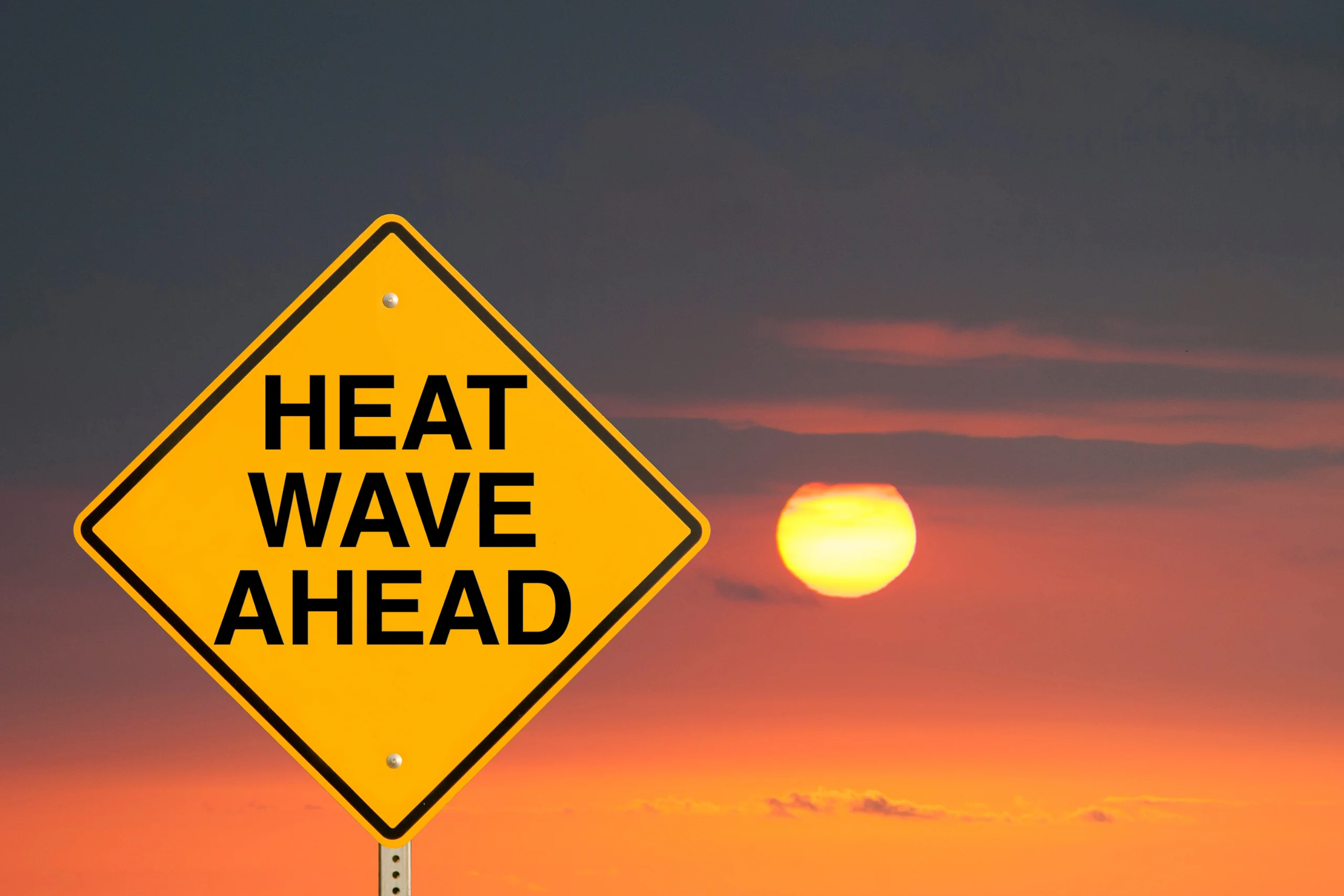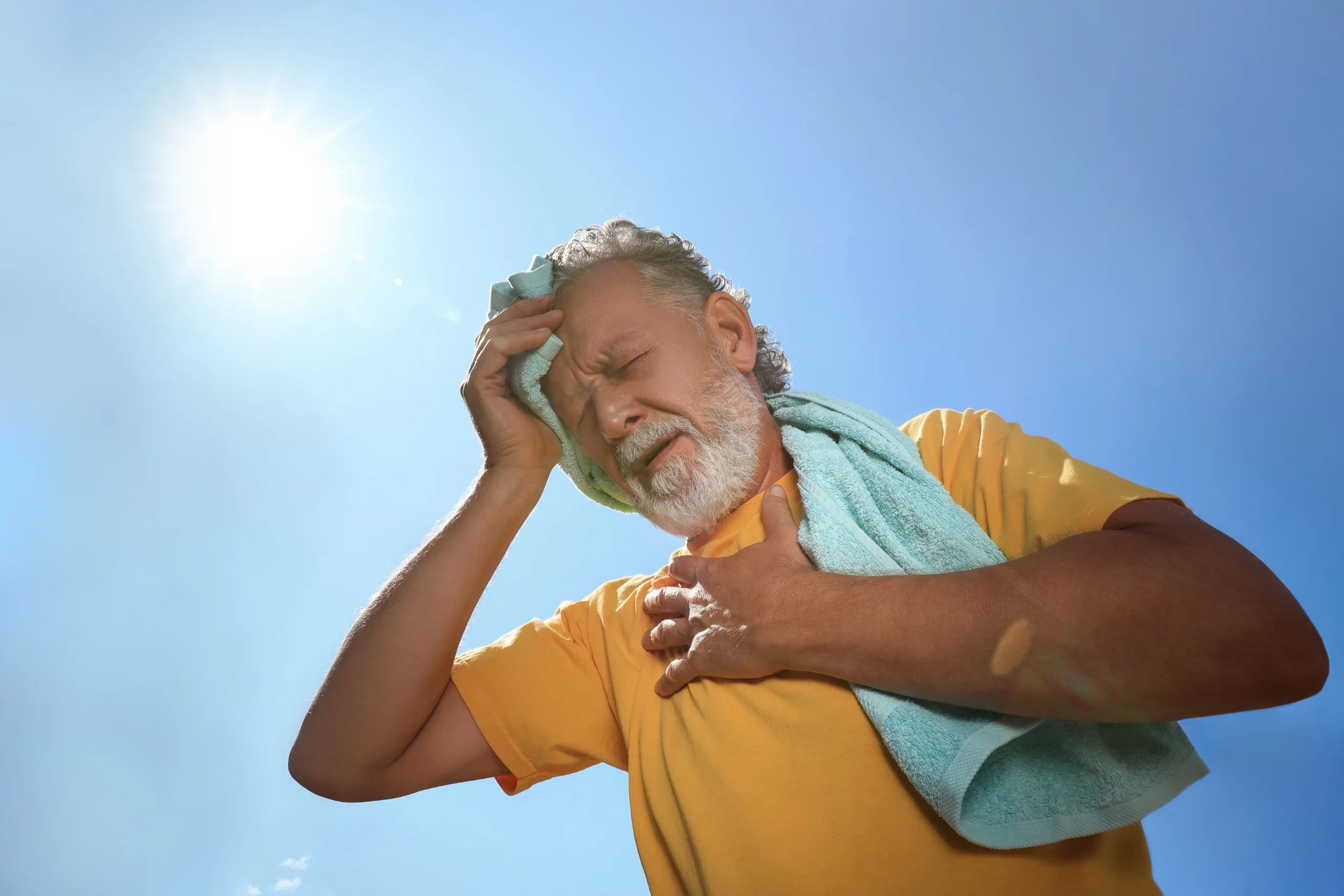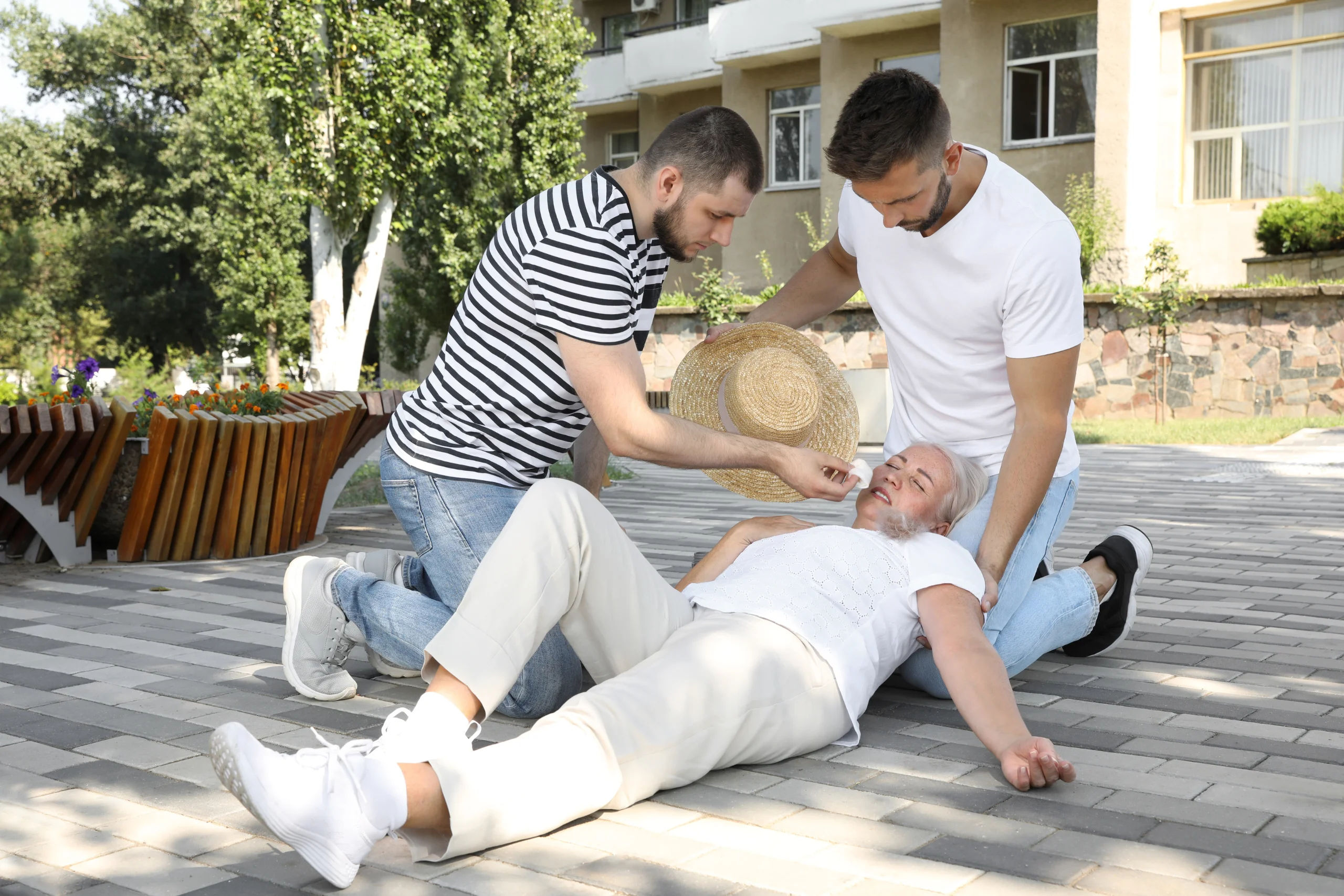Beating the Heat: How States Are Tackling Extreme Temperatures with Resilience Funding

Key Takeaways
- Extreme heat is now the deadliest weather-related threat in the U.S., disproportionately affecting vulnerable communities.
- States are responding with a combination of urban greening, cooling centers, infrastructure upgrades and community preparedness.
- California, New York, and Massachusetts are among the states leading with dedicated resilience grant programs.
- Many states are still developing programs, while localities and nonprofits play a critical role in implementing on-the-ground solutions.
- Resilience funding must be paired with technical assistance and community engagement to ensure long-term success.

As record-breaking temperatures sweep across the United States year after year, extreme heat has emerged as one of the most persistent and deadly weather-related threats. Unlike hurricanes or wildfires that arrive suddenly and visibly, heatwaves can be silent killers, especially for vulnerable populations like seniors, children and outdoor workers. While the federal government has released a National Climate Resilience Framework, much of the on-the-ground response to extreme heat is happening at the state level.
From resilience grant programs to community cooling centers and infrastructure upgrades, states are increasingly stepping up to build long-term heat resilience. Here’s a look at the growing threat, the most common strategies states are deploying, and a spotlight on a few leading states offering heat resilience funding to cities, nonprofits and local agencies.
The Growing Threat of Extreme Heat
Extreme heat is now the leading cause of weather-related deaths in the U.S., according to the National Weather Service. The climate shift has made heatwaves hotter, longer and more frequent. Urban areas, with their abundance of concrete and limited shade, are especially vulnerable due to the urban heat island effect.
In places like Phoenix, Arizona—where temperatures have hovered above 110°F for weeks on end—extreme heat isn’t just uncomfortable; it's life-threatening. Air conditioning can be a literal lifesaver, but many households, especially in underserved or rural areas, struggle to afford or access it.
As this crisis intensifies, states are recognizing that emergency response alone isn’t enough. What’s needed is long-term planning and investment in heat resilience.

Common Solutions States Are Deploying
State and local governments are adopting a mix of short-term relief and long-term resilience strategies to mitigate the impact of extreme heat. Here are some of the most widely used approaches:
1. Cooling Centers and Heat Emergency Plans
During heatwaves, many states operate public cooling centers—air-conditioned public spaces where residents can find relief. Some also implement early warning systems and tiered emergency plans based on temperature thresholds.
2. Urban Greening and Tree Planting
Tree canopies can lower temperatures by as much as 10°F. States like California, New York, and Texas are investing in urban forestry and green infrastructure to reduce heat island effects.
3. Resilient Infrastructure and Energy Systems
Some states are funding energy-efficient building upgrades and off-grid backup systems to help communities maintain safe indoor temperatures even during blackouts.
4. Weatherization and Retrofit Programs
States are offering grants or rebates to help homeowners and landlords install insulation, heat-resistant roofing, and energy-efficient appliances—reducing both energy use and exposure to heat.
5. Resilience Grants for Extreme Heat
Several states have gone a step further by launching dedicated funding programs to support municipalities, tribes and nonprofits working on extreme heat resilience projects.

States Leading the Way with Resilience Grant Programs
While federal programs like FEMA’s BRIC (Building Resilient Infrastructure and Communities) and the EPA’s Environmental Justice Grants support climate resilience, several states have launched their own grant programs targeting extreme heat. These programs are crucial for addressing local climate realities and closing funding gaps for frontline communities.
1. California: Extreme Heat Action Plan & Community Resilience Centers
California has been a national leader in heat adaptation. The state’s Extreme Heat Action Plan outlines a multi-agency strategy to reduce health risks and build community resilience.
In 2022, the California Strategic Growth Council launched Community Resilience Centers—a $100 million pilot program to fund local resilience hubs in heat-impacted communities. These hubs serve as cooling centers and provide backup power, communications and community services during heat emergencies and other climate-related events.
California’s Transformative Climate Communities (TCC) program also funds urban greening, solar installations, and resilience planning in heat-vulnerable neighborhoods.
2. Arizona: Heat Resilience and Innovation Fund (Proposed)
While Arizona does not yet have a state-run resilience grant program focused on heat, local governments have pushed for one. In 2023, the City of Phoenix proposed a state-backed Heat Resilience and Innovation Fund to support initiatives like reflective pavement, shade structures and heat-mapping studies.
Arizona has also appointed a Chief Heat Officer—one of the few in the country—to coordinate cross-agency heat mitigation efforts and develop future grant opportunities.
3. New York: Climate Smart Communities and Urban Forestry Grants
New York offers Climate Smart Communities (CSC) grants, which fund local governments working to adapt to climate change, including projects that reduce the impact of extreme heat. Past grants have supported tree planting, green roofs and high-albedo surfaces in low-income neighborhoods.
In parallel, the Urban and Community Forestry Program supports canopy expansion in areas prone to heatwaves, aligning urban planning with public health goals.
4. Texas: Local Leadership and Philanthropic Partnerships
While Texas lacks a centralized state-funded heat resilience grant, major cities like Austin and Houston have developed local resilience strategies through climate action plans. These often incorporate heat mitigation via tree cover, cooling centers and community education.
Some efforts have been supported through partnerships with foundations like the Houston Endowment, which has funded neighborhood-specific resilience projects including climate-resilient housing and emergency backup systems.
5. Massachusetts: Municipal Vulnerability Preparedness (MVP) Program
Massachusetts offers the MVP grant program, which supports cities and towns in identifying climate vulnerabilities—including heat—and implementing resilience strategies. Eligible projects include urban greening, shading infrastructure, and climate-ready schools.
Since 2017, MVP has distributed over $100 million in planning and action grants, with many projects addressing both heat and flooding risks in tandem.
Resilience Funding is Only the Beginning
While these programs represent major steps forward, demand often exceeds funding. Smaller municipalities, tribal nations, and rural communities still face barriers in applying for and managing resilience grants—ranging from staffing shortages to lack of technical expertise.
To address this, some states are creating technical assistance hubs, offering grant-writing help, data tools, and pre-approved project templates to simplify the process.
Meanwhile, partnerships with companies offering modular, off-grid power solutions, mobile cooling stations, and data-driven planning tools are helping states and cities implement heat resilience more quickly and equitably.

FAQ
What are resilience grants and how do they help with extreme heat?
Resilience grants are public funds awarded to communities, nonprofits, or local governments to prepare for and adapt to climate-related risks. In the context of extreme heat, these grants help cities and towns invest in long-term cooling solutions such as planting shade trees, building resilience hubs or cooling centers, retrofitting public buildings, and enhancing emergency response plans. These programs are designed to reduce heat-related illnesses and fatalities, especially in low-income and high-risk neighborhoods. Often, resilience grants are tied to state climate adaptation plans and require local partnerships or matching funds to be most effective.
Which states currently offer funding for heat resilience projects?
As of 2025, several states offer or are developing heat-focused resilience grant programs. California leads with its Extreme Heat Action Plan and Community Resilience Centers initiative. Massachusetts runs the Municipal Vulnerability Preparedness (MVP) Program, which funds projects that address heat alongside other climate risks. New York’s Climate Smart Communities program also offers support for urban greening and heat island mitigation. Other states, like Arizona and Texas, rely more on city-level leadership or federal and philanthropic funding, though statewide programs are under discussion.
How can local communities access state resilience funds?
To access resilience funds, local governments typically need to apply through a competitive grant process. This may involve conducting a climate vulnerability assessment, engaging the community, and outlining a clear plan for how the funding will be used. Some states require participation in a larger state climate initiative—such as becoming a designated “Climate Smart Community” or completing a resilience plan. Many states now also offer technical assistance to help under-resourced communities apply successfully. Building partnerships with nonprofits or academic institutions can also strengthen applications.
Are mobile or off-grid solutions eligible for resilience funding?
Yes, in many cases mobile or off-grid solutions—such as solar-powered cooling stations, mobile clinics, or backup nanogrids—can qualify for state or federal resilience funding. These tools are especially useful in rural or underserved areas where grid outages may occur during heatwaves. Some grant programs prioritize projects that reduce dependence on fossil fuels, support vulnerable populations, or provide multi-use community benefits. However, eligibility depends on the specific grant program’s guidelines, so applicants should check with their state resilience office or program administrator.
What can individuals do to support heat resilience in their own communities?
Individuals can advocate for local and state investment in heat resilience, especially in underserved areas. Participating in public planning meetings, supporting tree-planting initiatives, and volunteering at cooling centers during heatwaves are all impactful actions. On a personal level, people can reduce their own heat exposure by upgrading to energy-efficient insulation, installing reflective roofing, and supporting local businesses that adopt sustainable practices. Sharing resources, checking in on neighbors, and spreading awareness about the dangers of extreme heat can also help build a stronger, more informed, and prepared community.
